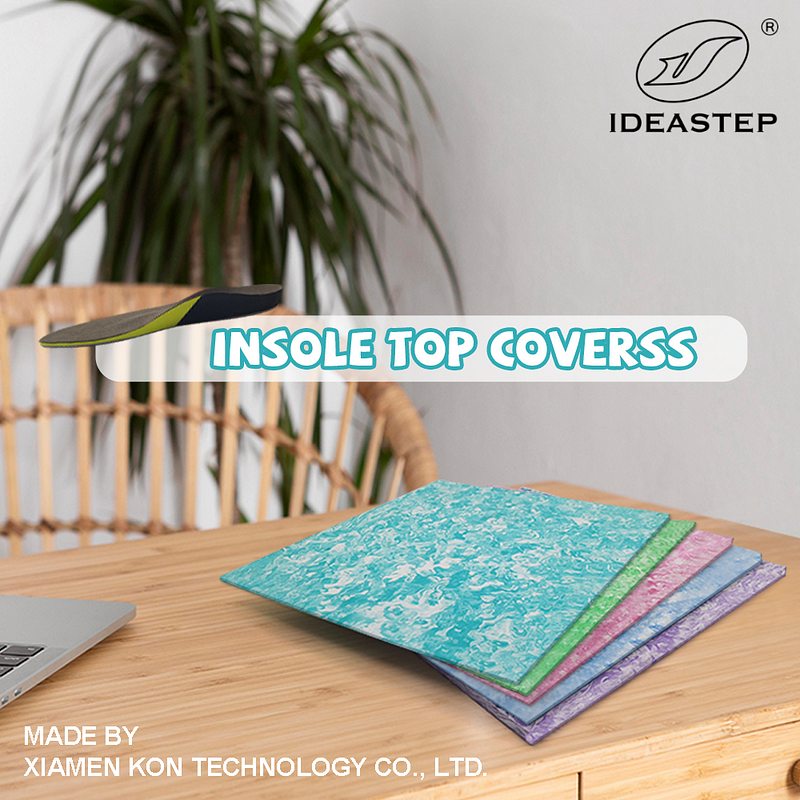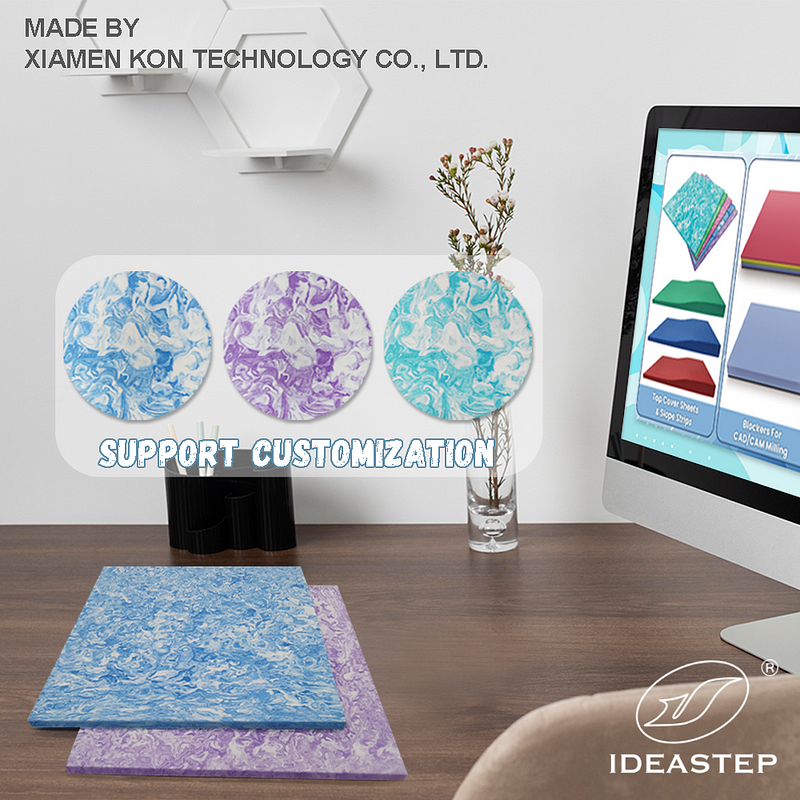EVA material offers numerous benefits for orthotic insoles designed for elderly footwear, including enhanced comfort, support, and durability. This article explores these advantages and why EVA is a preferred choice for optimizing elderly footwear.
EVA (Ethylene Vinyl Acetate) material is widely recognized for its advantages in various applications, particularly in the realm of orthotic insoles for elderly footwear. As individuals age, their feet often require additional support and cushioning to ensure comfort and mobility. EVA material stands out as a highly effective solution for addressing these needs due to its unique properties. This article delves into the benefits of EVA material for orthotic insoles specifically tailored for elderly footwear, highlighting why it is a preferred choice for enhancing comfort and support.

1. Superior Cushioning and Shock Absorption
One of the most significant advantages of EVA material is its superior cushioning and shock absorption capabilities. As people age, their feet often become more sensitive and prone to discomfort. EVA’s excellent shock-absorbing properties help reduce the impact on the feet during walking and standing, providing much-needed relief for elderly individuals. The material’s ability to cushion and absorb shocks helps prevent common foot problems such as heel pain and plantar fasciitis.
2. Lightweight and Flexible
EVA material is known for its lightweight and flexible nature, making it an ideal choice for orthotic insoles in elderly footwear. The lightweight characteristic ensures that the insoles do not add unnecessary weight to the shoes, which can be particularly beneficial for elderly individuals who may already struggle with mobility issues. The flexibility of EVA allows the insoles to conform to the shape of the feet, providing personalized support and comfort that adapts to various foot shapes and conditions.

3. Enhanced Durability and Longevity
Durability is a crucial factor in the selection of materials for orthotic insoles, especially for elderly footwear. EVA material is highly durable and resistant to wear and tear, ensuring that the insoles maintain their shape and functionality over time. The longevity of EVA insoles means that elderly individuals can benefit from prolonged use without experiencing a decline in performance or comfort. This durability also translates to cost-effectiveness, as the need for frequent replacements is minimized.
4. Moisture-Wicking and Antimicrobial Properties
Another key benefit of EVA material is its moisture-wicking and antimicrobial properties. Elderly individuals may experience increased perspiration in their feet, leading to discomfort and potential odor issues. EVA’s moisture-wicking capabilities help keep the feet dry by absorbing and evaporating sweat, reducing the risk of fungal infections and unpleasant odors. Additionally, some EVA materials have antimicrobial properties that help inhibit the growth of bacteria, further promoting foot health.
5. Customizable for Specific Needs
Customizability is another advantage of EVA material in orthotic insoles. EVA can be easily molded and shaped to meet the specific needs of elderly individuals, providing targeted support for various foot conditions. Whether it is for arch support, heel cushioning, or overall foot alignment, EVA insoles can be tailored to address individual requirements. This level of customization ensures that the insoles offer the best possible support and comfort based on the unique needs of each user.

6. Cost-Effective Solution
Cost-effectiveness is a significant consideration for many when choosing materials for orthotic insoles. EVA material offers a balance of performance and affordability, making it a cost-effective solution for elderly footwear. The combination of durability, comfort, and supportive properties of EVA insoles provides excellent value for money, ensuring that individuals receive high-quality support without excessive expenditure.
Conclusion
EVA material provides numerous advantages for orthotic insoles designed for elderly footwear. Its superior cushioning, lightweight nature, durability, moisture-wicking properties, and customizability make it an excellent choice for enhancing comfort and support for elderly individuals. By incorporating EVA material into orthotic insoles, footwear designers and manufacturers can offer solutions that significantly improve the quality of life for older adults, addressing their unique foot health needs with efficiency and effectiveness.
FAQ
1. Why is EVA material preferred for orthotic insoles in elderly footwear?
EVA material is preferred due to its superior cushioning, shock absorption, lightweight nature, and durability. These properties provide enhanced comfort and support, which are essential for elderly individuals who require additional foot care.
2. How does EVA material compare to other materials used for orthotic insoles?
Compared to other materials, EVA offers a unique combination of cushioning, flexibility, and durability. While other materials may provide some of these benefits, EVA’s overall performance makes it a standout choice for effective foot support and comfort.
3. Can EVA insoles be customized for specific foot conditions?
Yes, EVA insoles can be easily customized to address specific foot conditions. The material can be molded and shaped to provide targeted support for issues such as arch pain, heel discomfort, and general foot alignment.
